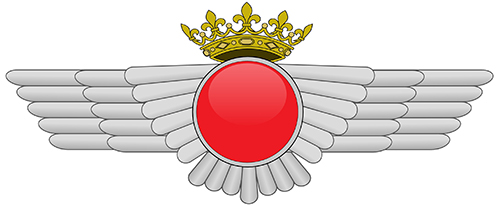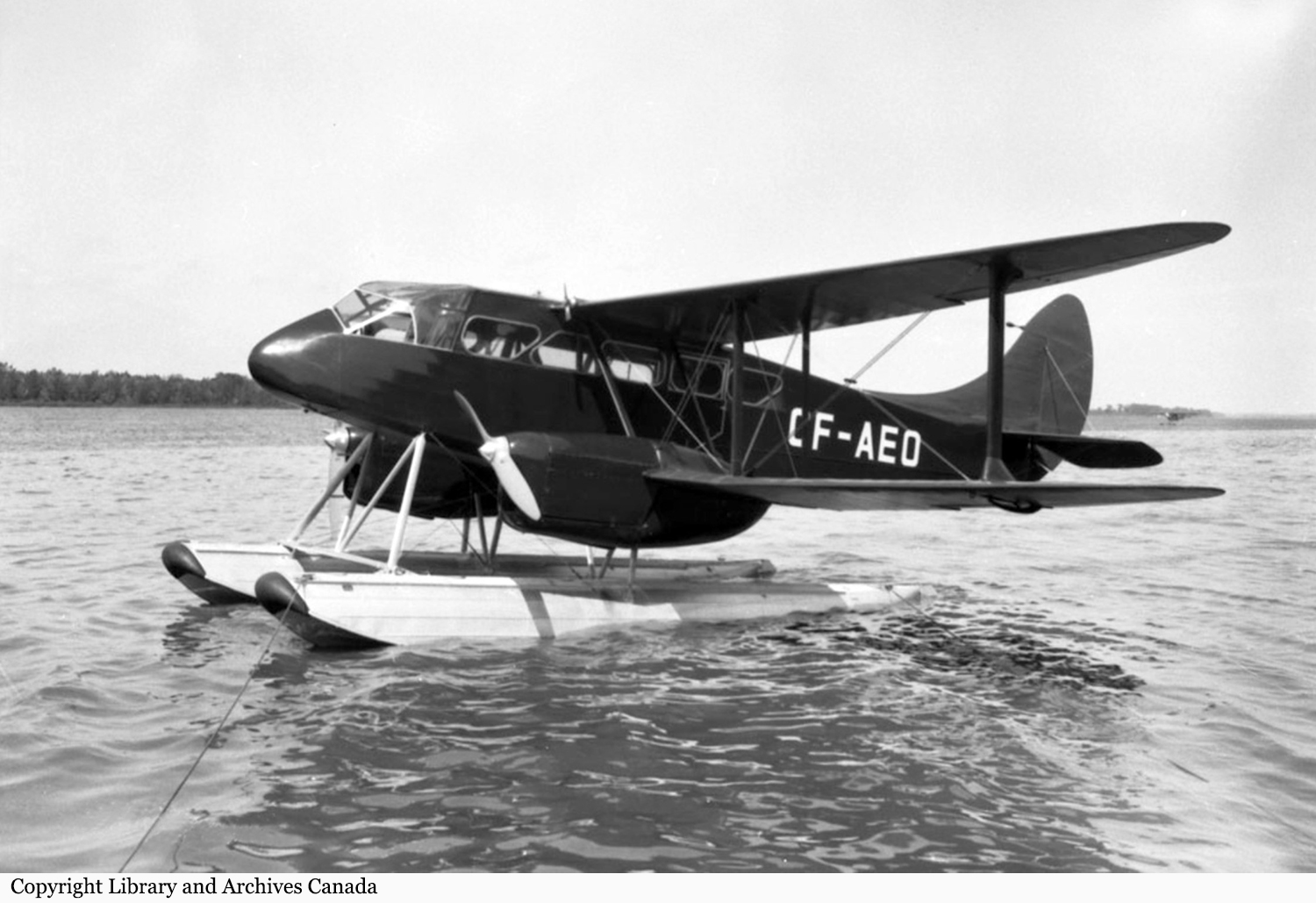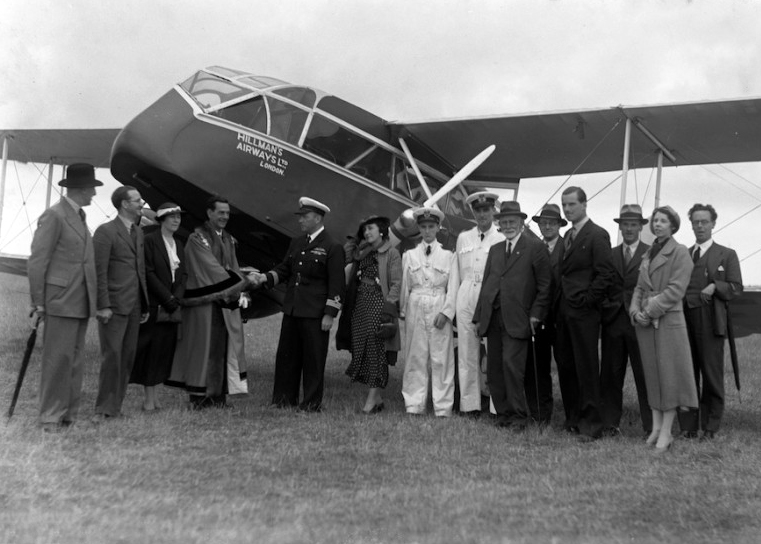Crash of a De Havilland DH.89 Dragon Rapide in Huesca
Date & Time:
Sep 3, 1936
Registration:
40-1
Survivors:
Yes
MSN:
6275
YOM:
1934
Crew on board:
2
Crew fatalities:
Pax on board:
0
Pax fatalities:
Other fatalities:
Total fatalities:
0
Circumstances:
Crashed on takeoff for unknown reason. The aircraft was damaged beyond repair and both crewmen were injured, among them Cpt Juan Antonio Ansaldo.










